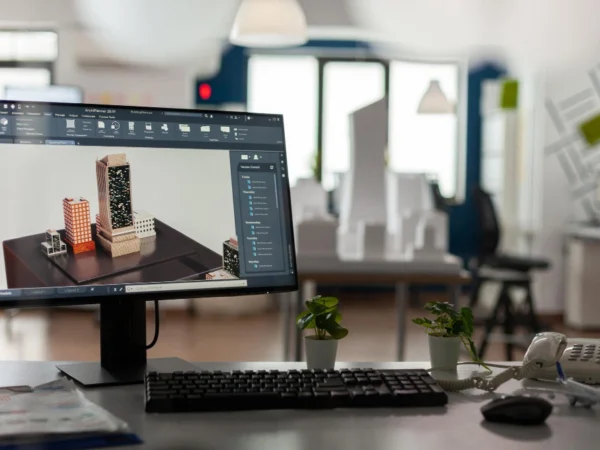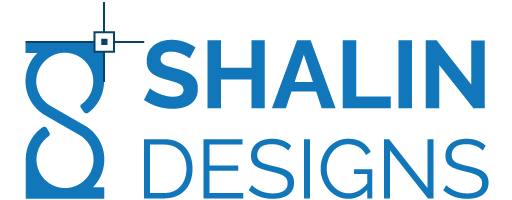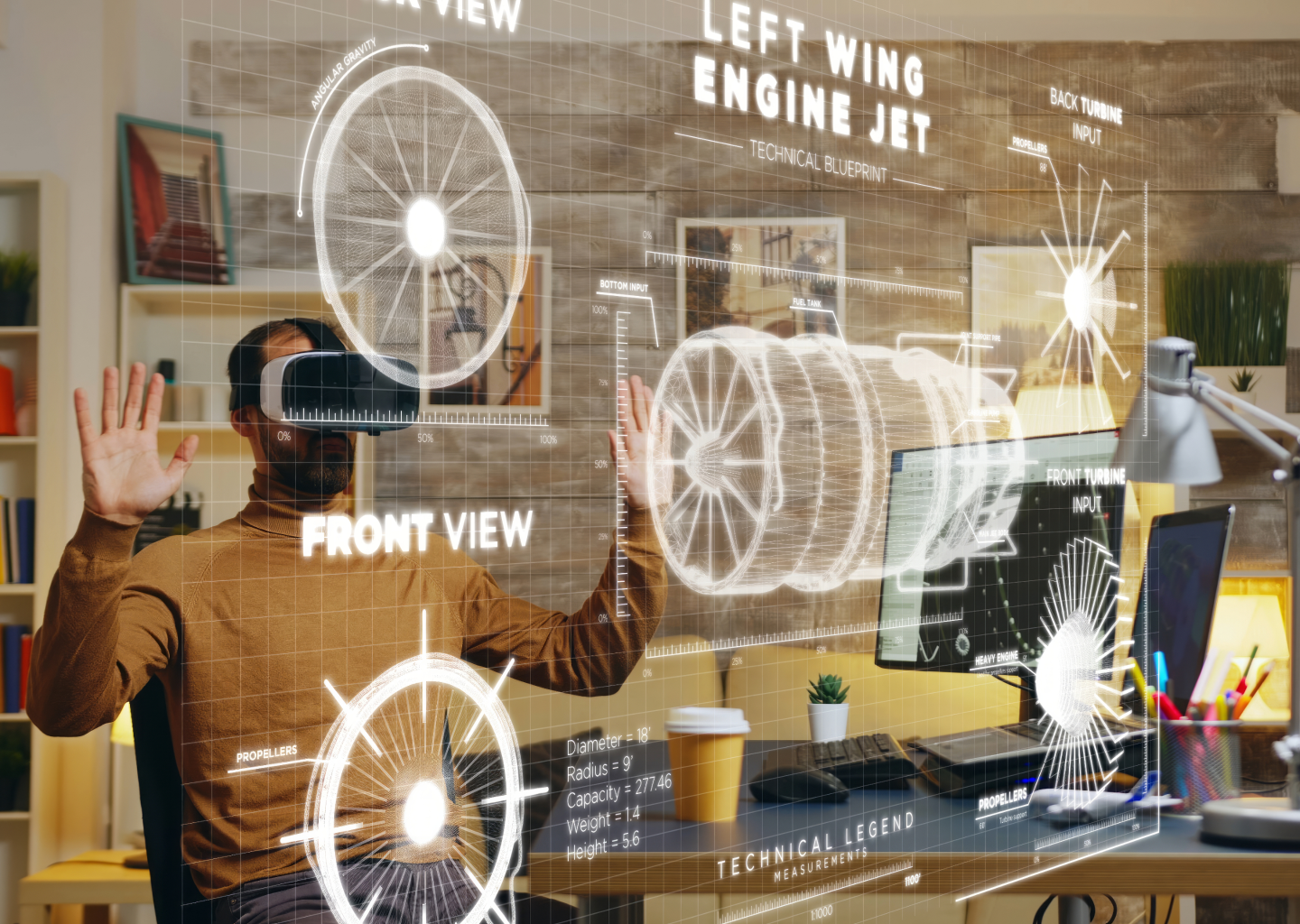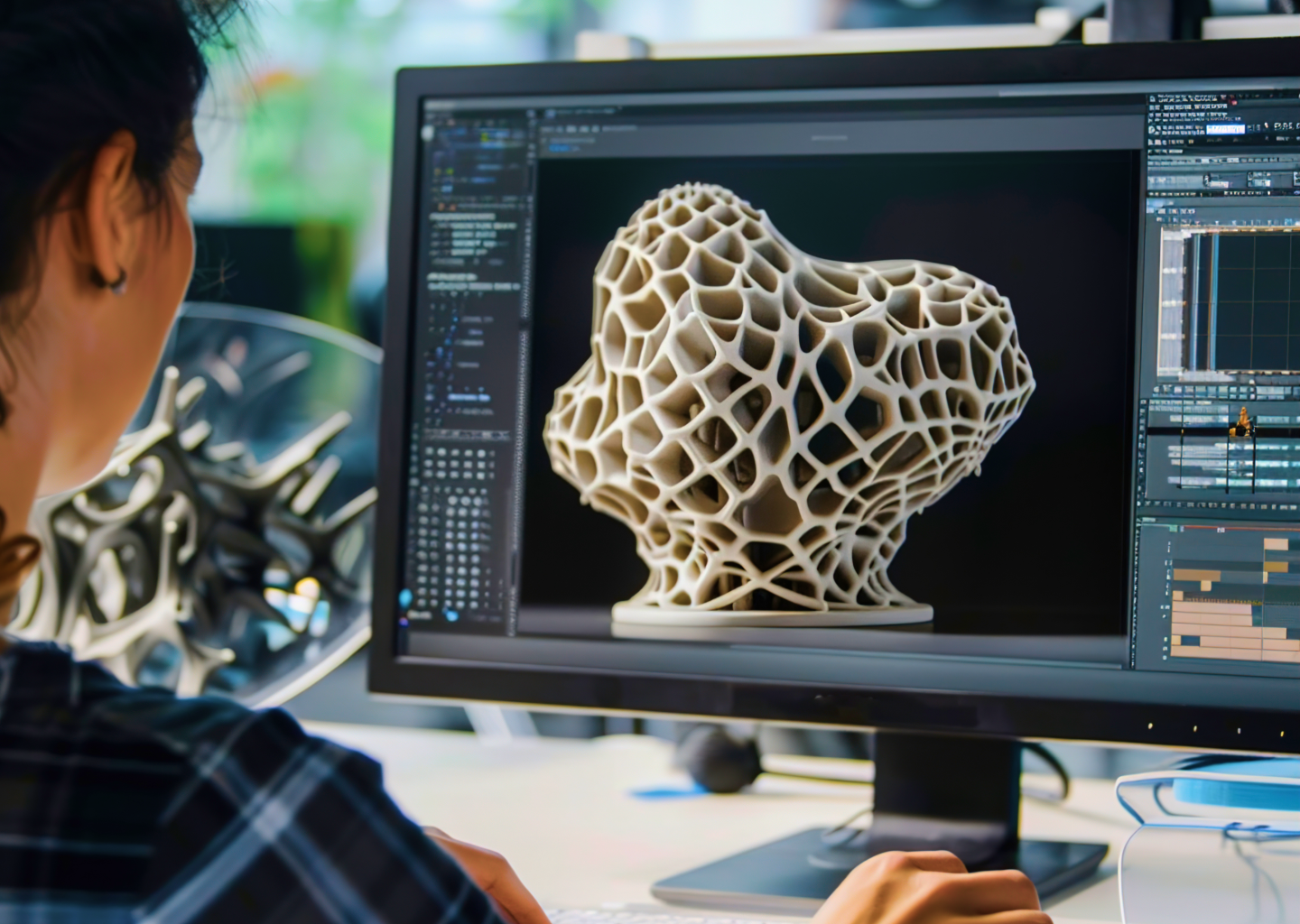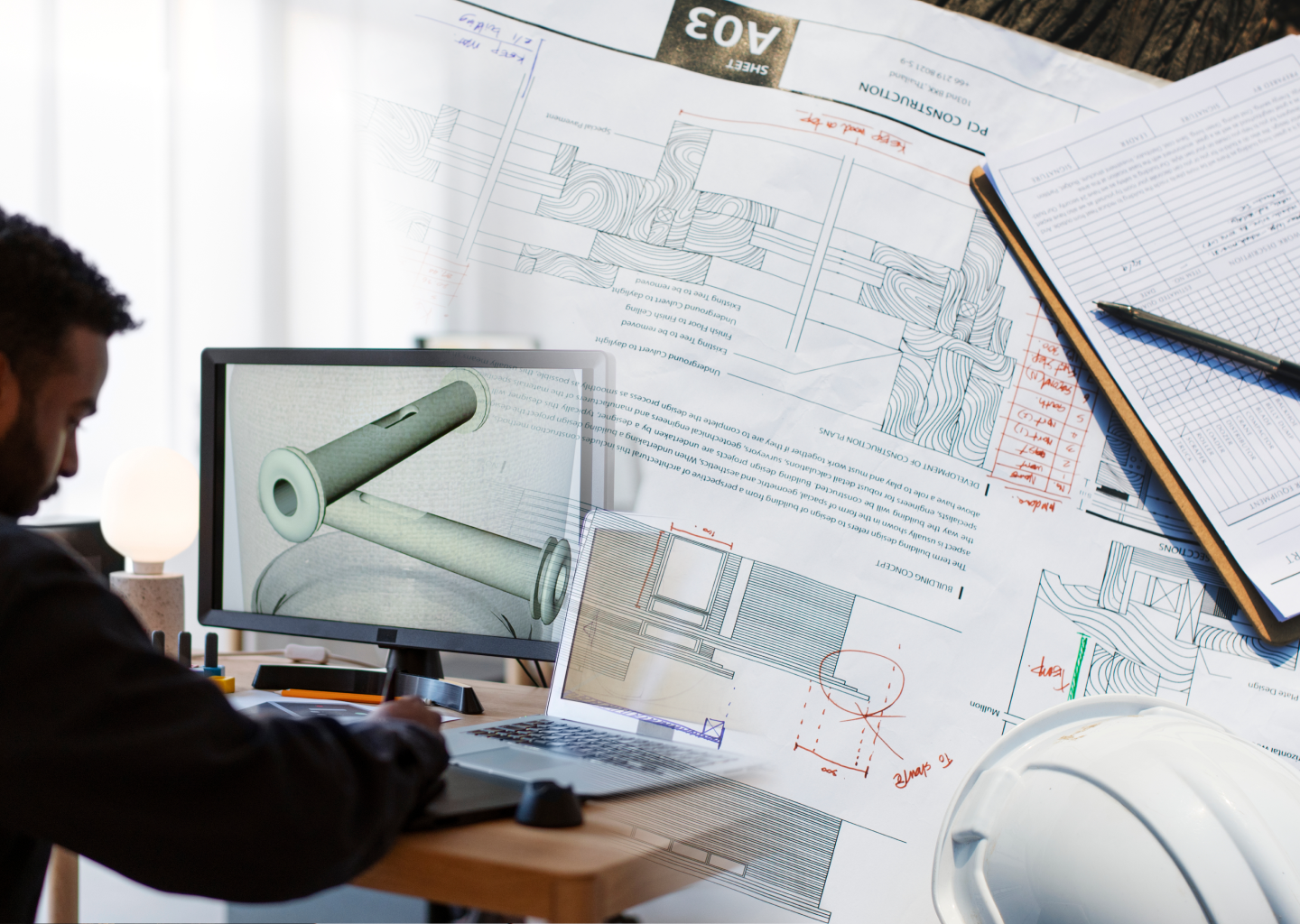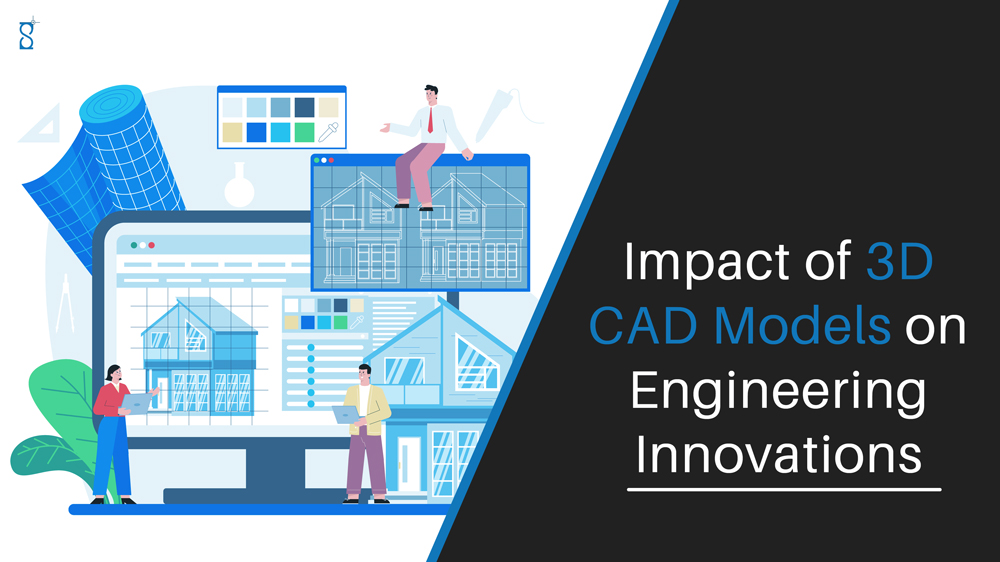
In today’s rapidly advancing engineering field, 3D CAD (Computer-Aided Design) models are not just a technological enhancement—they are driving revolutionary changes. This article explores how these models are shaping the future of engineering and innovation.
Understanding 3D CAD Modeling
3D CAD modeling involves creating precise three-dimensional representations of objects or systems using advanced software. This digital design approach supports iterative development, ensures accuracy, provides realistic visualizations, and enables extensive simulations and analyses. Used across various industries, 3D CAD modeling service improves collaboration, accelerates design processes, and allows for digital prototyping before physical production.
The Evolution from 2D to 3D CAD Models
The shift from traditional 2D drawings to 3D CAD models marks a significant advancement in engineering precision. Unlike 2D blueprints, 3D models offer detailed and interactive visualizations, which help engineers and designers achieve higher levels of accuracy and efficiency. Let’s explore the specific advantages of 3D CAD models across different engineering sectors.
1. Enhanced Visualization
In engineering, visual clarity is crucial. 3D CAD models provide comprehensive views of designs from all angles, which helps engineers understand complex structures better than traditional 2D drawings. This capability allows for more informed decision-making early in the design process.
2. Improved Collaboration
3D CAD models facilitate seamless collaboration among engineers, stakeholders, and clients, regardless of their location. Real-time sharing of digital prototypes speeds up decision-making and ensures all parties are aligned on the project’s objectives.
3. Accelerated Prototyping
Transitioning from concept to prototype is significantly streamlined with 3D CAD models. Engineers can identify and resolve design flaws digitally, saving both time and resources that would otherwise be spent on multiple physical prototypes.
4. Precision Redefined
Accuracy is a critical factor in engineering. 3D CAD models allow for detailed and precise work, ensuring that every component fits perfectly within the larger design. This high level of precision reduces errors and contributes to the creation of flawless products.
5. Cost Savings
The financial impact of product development can be substantial. 3D CAD models help cut costs by reducing the need for physical prototypes. Errors detected and corrected in the digital phase prevent expensive modifications during production.
6. Efficient Design Modifications
Designs are often subject to changes and improvements. 3D CAD models make it easy to implement modifications swiftly, allowing engineers to refine designs without starting over from scratch. This flexibility is a hallmark of modern engineering efficiency.
7. Virtual Testing and Analysis
3D CAD models offer virtual testing environments where engineers can simulate how a product performs under various conditions. This feature allows for optimization and fine-tuning, ensuring the final product meets or exceeds performance expectations.
8. Comprehensive Design Documentation
Effective documentation and version control are essential for successful engineering projects. 3D CAD models automatically track changes and provide a detailed history of design modifications, ensuring that the team works with the most current version.
9. Customization and Personalization
3D CAD models excel in customization. Engineers can easily modify designs to meet specific customer requirements, offering personalized solutions without extensive redesign efforts.
10. Future-Proofing Designs
As technology evolves, adaptability is key. 3D CAD models provide a robust foundation for integrating new technologies into existing designs, ensuring products remain relevant and competitive.
The Influence of 3D CAD Models Across Industries
The impact of 3D CAD models extends beyond traditional engineering fields, revolutionizing various industries:
Aerospace and Defense
In aerospace and defense, precision is critical. 3D CAD models optimize aerodynamics, integrate components seamlessly, and simulate flight conditions. This results in advanced aircraft and defense systems that push technological boundaries.
Healthcare
3D CAD models have transformed medical device and prosthetic design. From personalized implants to sophisticated surgical tools, these models enable tailored solutions that enhance patient outcomes and drive medical innovation.
Automotive
The automotive industry benefits greatly from 3D CAD models. They facilitate the design of innovative and functional vehicles, accelerating the development of concepts, including electric and autonomous vehicles.
Architecture and Construction
Architects and builders use 3D CAD models for planning, visualization, and flaw detection in structures before construction begins. This practice leads to the creation of iconic buildings and infrastructures.
Manufacturing
Manufacturers leverage 3D CAD models to enhance prototyping, detect design flaws early, and streamline production processes. This results in quicker time-to-market and higher product quality.
Consumer Electronics
In consumer electronics, aesthetics and functionality are crucial. 3D CAD models help design sleek, ergonomic devices, enhancing both the technological and visual aspects of products like smartphones and wearables.
Energy
3D CAD models contribute to designing efficient energy systems and components, such as wind turbines and solar panels. This optimization supports the development of sustainable energy solutions.
Gaming and Entertainment
For the gaming and entertainment industry, 3D CAD models create immersive environments and realistic character designs. The level of detail achieved enhances the gaming experience and cinematic visuals.
Emerging Trends in 3D CAD Modeling
- Cloud-Based CAD: Enables global access to CAD software and data storage, enhancing collaboration.
- Generative Design: Uses AI to generate design options based on constraints, fostering innovation.
- Integration with VR and AR: Allows for interactive design visualization, improving decision-making.
- Parametric and Feature-Based Modeling: Facilitates easy modifications and updates.
- Additive Manufacturing (3D Printing): Enables quick and easy creation of physical prototypes.
- AI and Machine Learning: Automates repetitive tasks and improves modeling efficiency.
- IoT Integration: Designs devices with enhanced efficiency and user-friendliness.
Conclusion
3D CAD models have revolutionized engineering, offering unprecedented benefits across various sectors. From enhancing precision and collaboration to reducing costs and enabling future-proofing, the impact of 3D CAD modeling is transformative. As technology continues to advance, 3D CAD models will remain a cornerstone of innovation and excellence in engineering. For expert CAD modeling services, contact us to discuss how we can turn your ideas into sophisticated CAD models, driving new heights for your business.
